Automated Identification and Spatial Pattern Analysis of Urban Slow-Moving Traffic Bottlenecks Using Street View Imagery and Deep Learning
Abstract
1. Introduction
- (1)
- How can street view imagery and deep learning automatically identify bottlenecks in slow-moving traffic systems?
- (2)
- What are the spatial distribution and clustering patterns of these bottlenecks in a dense city such as Wuhan?
- (3)
- Which urban factors contribute to the formation of these bottlenecks?
2. Literature Review
2.1. Research Progress on Slow-Moving Traffic Bottleneck Identification Methods
2.2. Research Status on Spatial Effects Analysis of Slow-Moving Traffic Bottlenecks
3. Methodology
3.1. Study Area
3.2. Research Framework
3.2.1. Construction of the Street View Image Dataset for the Study Area Within Wuhan’s Third Ring Road
3.2.2. Construction of a Slow-Moving Traffic Bottleneck Identification Indicator System
3.2.3. Identification of Slow-Moving Traffic Bottleneck Element Indicators
3.2.4. Spatial Effect Analysis of Bottlenecks in Slow-Moving Systems
4. Experiments and Results
4.1. Street View Image Annotation and Preprocessing
4.2. Model Training and Validation Methods
4.3. Model Performance and Results Analysis
4.4. Spatial Heterogeneity and Influencing Factors of Slow-Moving System Bottlenecks
5. Discussion
5.1. Model Performance and Applicability Assessment
5.2. Analysis of the Spatial Distribution Patterns of Slow-Moving Traffic Bottlenecks
5.3. Optimization and Improvement Strategies for Urban Street Slow-Moving Traffic Bottlenecks
6. Conclusions
Author Contributions
Funding
Data Availability Statement
Conflicts of Interest
References
- Yao, S.; Wang, N.; Wu, J. How does the built environment affect pedestrian perception of road safety on sidewalks? Evidence from eye-tracking experiments. Transp. Res. Part F 2025, 110, 57–73. [Google Scholar] [CrossRef]
- Deselnicu, O.; Wallis, J. A Framework for Identifying Recurring Bottlenecks in the State Planning Process in Colorado. Transp. Res. Rec. 2018, 2672, 20–30. [Google Scholar] [CrossRef]
- Zhao, X.; Lu, Y.; Lin, G. An integrated deep learning approach for assessing the visual qualities of built environments utilizing street view images. Eng. Appl. Artif. Intell. 2024, 130, 107805. [Google Scholar] [CrossRef]
- Kang, Y.; Kim, J.; Park, J.; Lee, J. Assessment of Perceived and Physical Walkability Using Street View Images and Deep Learning Technology. Isprs Int. J. Geo-Inf. 2023, 12, 186. [Google Scholar] [CrossRef]
- Ogawa, Y.; Oki, T.; Zhao, C.; Sekimoto, Y.; Shimizu, C. Evaluating the subjective perceptions of streetscapes using street-view images. Landsc. Urban Plan. 2024, 247, 105073. [Google Scholar] [CrossRef]
- Lieberthal, E.B.; Serok, N.; Duan, J.; Zeng, G.; Havlin, S. Addressing the urban congestion challenge based on traffic bottlenecks. Philos. Trans. A Math. Phys. Eng. Sci. 2024, 382, 20240095. [Google Scholar] [CrossRef]
- Liard, T.; Piccoli, B. Well-Posedness for Scalar Conservation Laws with Moving Flux Constraints. Siam J. Appl. Math. 2019, 79, 641–667. [Google Scholar] [CrossRef]
- Pucher, J.; Dijkstra, L. Promoting safe walking and cycling to improve public health: Lessons from the Netherlands and Germany. Am. J. Public Health 2003, 93, 1509–1516. [Google Scholar] [CrossRef]
- Wei, H.; Nian, M.; Li, L. China’s Strategies and Policies for Regional Development During the Period of the 14th Five-Year Plan. Chin. J. Urban Environ. Stud. 2020, 8, 2050008. [Google Scholar] [CrossRef]
- Zheng, Z.; Li, X. A novel vehicle lateral positioning methodology based on the integrated deep neural network. Expert Syst. Appl. 2020, 142, 112991. [Google Scholar] [CrossRef]
- Yihan, L.; Karimi, H.A. Real-Time Sidewalk Slope Calculation through Integration of GPS Trajectory and Image Data to Assist People with Disabilities in Navigation. ISPRS Int. J. Geo-Inf. 2015, 4, 741–753. [Google Scholar] [CrossRef]
- Fan, Z.; Zhang, F.; Loo, B.P.Y.; Ratti, C. Urban visual intelligence: Uncovering hidden city profiles with street view images. Proc. Natl. Acad. Sci. USA 2023, 120, e2220417120. [Google Scholar] [CrossRef] [PubMed]
- Hou, X.; Zhang, R.; Yang, M.; Cheng, S. Modeling the lane-changing behavior of non-motorized vehicles on road segments via social force model. Phys. A-Stat. Mech. Its Appl. 2024, 633, 129415. [Google Scholar] [CrossRef]
- Petrasova, A.; Hipp, J.A.; Mitasova, H. Visualization of Pedestrian Density Dynamics Using Data Extracted from Public Webcams. Isprs Int. J. Geo-Inf. 2019, 8, 559. [Google Scholar] [CrossRef]
- Bolten, N.; Caspi, A. Towards routine, city-scale accessibility metrics: Graph theoretic interpretations of pedestrian access using personalized pedestrian network analysis. PLoS ONE 2021, 16, e0248399. [Google Scholar] [CrossRef]
- Guzel, M.S. Performance evaluation for feature extractors on street view images. Imaging Sci. J. 2016, 64, 26–33. [Google Scholar] [CrossRef]
- Wang, J.; Kong, Y.; Fu, T.; Stipancic, J. The impact of vehicle moving violations and freeway traffic flow on crash risk: An application of plugin development for microsimulation. PLoS ONE 2017, 12, e0184564. [Google Scholar] [CrossRef]
- Tang, L.; Wang, Y.; Zhang, X. Identifying Recurring Bottlenecks on Urban Expressway Using a Fusion Method Based on Loop Detector Data. Math. Probl. Eng. 2019, 2019, 5861414. [Google Scholar] [CrossRef]
- Li, C.; Yue, W.; Mao, G.; Xu, Z. Congestion Propagation Based Bottleneck Identification in Urban Road Networks. IEEE Trans. Veh. Technol. 2020, 69, 4827–4841. [Google Scholar] [CrossRef]
- Hua, C.; Fan, W. Freeway Traffic Speed Prediction under the Intelligent Driving Environment: A Deep Learning Approach. J. Adv. Transp. 2022, 2022, 6888115. [Google Scholar] [CrossRef]
- Adaimi, G.; Kreiss, S.; Alahi, A. Deep visual Re-identification with confidence. Transp. Res. Part C-Emerg. Technol. 2021, 126, 103367. [Google Scholar] [CrossRef]
- Pan, S.; Liu, Z.; Yan, H.; Chen, N.; Zhao, X.; Li, S.; Witlox, F. Automatic identification of bottlenecks for ambulance passage on urban streets: A deep learning-based approach. Adv. Eng. Inform. 2024, 62, 103931. [Google Scholar] [CrossRef]
- Chin, G.K.W.; Van Niel, K.P.; Giles-Corti, B.; Knuiman, M. Accessibility and connectivity in physical activity studies: The impact of missing pedestrian data. Prev. Med. 2008, 46, 41–45. [Google Scholar] [CrossRef] [PubMed]
- Badland, H.; White, M.; MacAulay, G.; Eagleson, S.; Mavoa, S.; Pettit, C.; Giles-Corti, B. Using simple agent-based modeling to inform and enhance neighborhood walkability. Int. J. Health Geogr. 2013, 12, 58. [Google Scholar] [CrossRef]
- Song, T.-J.; Williams, B.M.; Rouphail, N.M. Data-driven approach for identifying spatiotemporally recurrent bottlenecks. Iet Intell. Transp. Syst. 2018, 12, 756–764. [Google Scholar] [CrossRef]
- Pandapotan, S.; Jachrizal Sumabrata, R. Analysis Of The Pedestrian Path Toward Duren Kalibata Train Station As A Part Of The Transit Development Area. In AIP Conference Proceedings; American Institute of Physics: College Park, MD, USA, 2020; Volume 2227, p. 030006. [Google Scholar] [CrossRef]
- Budholiya, A.; Manwar, A.B. Efficient traffic monitoring and congestion control with GGA and deep CNN-LSTM using VANET. Multimed. Tools Appl. 2024, 83, 70937–70960. [Google Scholar] [CrossRef]
- Li, Z.; Jiao, L.; Zhang, B.; Xu, G.; Liu, J. Understanding the pattern and mechanism of spatial concentration of urban land use, population and economic activities: A case study in Wuhan, China. Geo-Spat. Inf. Sci. 2021, 24, 678–694. [Google Scholar] [CrossRef]
- Gallego-Valades, A.; Rodenas-Rigla, F.; Garces-Ferrer, J. Spatial Distribution of Public Housing and Urban Socio-Spatial Inequalities: An Exploratory Analysis of the Valencia Case. Sustainability 2021, 13, 11381. [Google Scholar] [CrossRef]
- Shao, Z.; Wang, Z.; Yao, X.; Bell, M.G.H.; Gao, J. ST-MambaSync: Complement the power of Mamba and Transformer fusion for less computational cost in spatial-temporal traffic forecasting. Inf. Fusion 2025, 117, 102872. [Google Scholar] [CrossRef]
- Yin, L. Street level urban design qualities for walkability: Combining 2D and 3D GIS measures. Comput. Environ. Urban Syst. 2017, 64, 288–296. [Google Scholar] [CrossRef]
- Zhang, X.; Mu, L. The perceived importance and objective measurement of walkability in the built environment rating. Environ. Plan. B-Urban Anal. City Sci. 2020, 47, 1655–1671. [Google Scholar] [CrossRef]
- Xu, Y.; Lu, Y.; Ji, C.; Zhang, Q. Adaptive Graph Fusion Convolutional Recurrent Network for Traffic Forecasting. IEEE Internet Things J. 2023, 10, 11465–11475. [Google Scholar] [CrossRef]
- Mao, J.; Huang, H.; Gu, Y.; Lu, W.; Tang, T.; Ding, F. A convergent cross-mapping approach for unveiling congestion spatial causality in urban traffic networks. Comput.-Aided Civ. Infrastruct. Eng. 2025, 40, 301–322. [Google Scholar] [CrossRef]
- Wu, P.; He, X.; Dai, W.; Zhou, J.; Shang, Y.; Fan, Y.; Hu, T. A Review on Research and Application of AI-Based Image Analysis in the Field of Computer Vision. IEEE Access 2025, 13, 76684–76702. [Google Scholar] [CrossRef]
- Noland, R.B.; Quddus, M.A. Congestion and safety: A spatial analysis of London. Transp. Res. Part A-Policy Pract. 2005, 39, 737–754. [Google Scholar] [CrossRef]
- Ha, H.-H.; Thill, J.-C. Analysis of traffic hazard intensity: A spatial epidemiology case study of urban pedestrians. Comput. Environ. Urban Syst. 2011, 35, 230–240. [Google Scholar] [CrossRef]
- Mario Fuentes, C.; Hernandez, V. Spatial environmental risk factors for pedestrian injury collisions in Ciudad Juarez, Mexico (20082009): Implications for urban planning. Int. J. Inj. Control Saf. Promot. 2013, 20, 169–178. [Google Scholar] [CrossRef]
- Natapov, A.; Fisher-Gewirtzman, D. Visibility of urban activities and pedestrian routes: An experiment in a virtual environment. Comput. Environ. Urban Syst. 2016, 58, 60–70. [Google Scholar] [CrossRef]
- Droj, G.; Droj, L.; Badea, A.-C. GIS-Based Survey over the Public Transport Strategy: An Instrument for Economic and Sustainable Urban Traffic Planning. ISPRS Int. J. Geo-Inf. 2022, 11, 16. [Google Scholar] [CrossRef]
- Kormecli, P.S. Analysis of Walkable Street Networks by Using the Space Syntax and GIS Techniques: A Case Study of cankiri City. ISPRS Int. J. Geo-Inf. 2023, 12, 216. [Google Scholar] [CrossRef]
- Jerath, K.; Gayah, V.V.; Brennan, S.N. Mitigating delay due to capacity drop near freeway bottlenecks: Zones of influence of connected vehicles. PLoS ONE 2024, 19, e0301188. [Google Scholar] [CrossRef]
- Fan, Z.; Loo, B.P.Y. Street life and pedestrian activities in smart cities: Opportunities and challenges for computational urban science. Comput. Urban Sci. 2021, 1, 26. [Google Scholar] [CrossRef]
- Huang, X.; Zeng, L.; Liang, H.; Li, D.; Yang, X.; Zhang, B. Comprehensive walkability assessment of urban pedestrian environments using big data and deep learning techniques. Sci. Rep. 2024, 14, 26993. [Google Scholar] [CrossRef]
- Handy, S.; Cao, X.; Mokhtarian, P. Correlation or causality between the built environment and travel behavior? Evidence from Northern California. Transp. Res. Part D Transp. Environ. 2005, 10, 427–444. [Google Scholar] [CrossRef]
- Cheng, L.; Chen, X.; Yang, S.; Cao, Z.; De Vos, J.; Witlox, F. Active travel for active ageing in China: The role of built environment. J. Transp. Geogr. 2019, 76, 142–152. [Google Scholar] [CrossRef]
- Oluyomi, A.O.; Knell, G.; Durand, C.P.; Mercader, C.; Salvo, D.; Sener, I.N.; Gabriel, K.P.; Hoelscher, D.M.; Kohl, H.W. Foot-based audit of streets adjacent to new light rail stations in Houston, Texas: Measurement of health-related characteristics of the built environment for physical activity research. BMC Public Health 2019, 19, 238. [Google Scholar] [CrossRef] [PubMed]
- Sun, G.; Webster, C.; Chiaradia, A. Objective assessment of station approach routes.: Development and reliability of an audit for walking environments around metro stations in China. J. Transp. Health 2017, 4, 191–207. [Google Scholar] [CrossRef]
- Nieuwenhuijsen, M.J.; Khreis, H. Car free cities: Pathway to healthy urban living. Environ. Int. 2016, 94, 251–262. [Google Scholar] [CrossRef]
- Lu, Y.; Yang, Y.; Sun, G.; Gou, Z. Associations between overhead-view and eye-level urban greenness and cycling behaviors. Cities 2019, 88, 10–18. [Google Scholar] [CrossRef]
- Wang, R.; Liu, Y.; Lu, Y.; Yuan, Y.; Zhang, J.; Liu, P.; Yao, Y. The linkage between the perception of neighbourhood and physical activity in Guangzhou, China: Using street view imagery with deep learning techniques. Int. J. Health Geogr. 2019, 18, 18. [Google Scholar] [CrossRef]
- Song, Q.; Fang, Y.; Li, M.; van Ameijde, J.; Qiu, W. Exploring the coherence and divergence between the objective and subjective measurement of streetscape perceptions at the neighborhood level: A case study in Shanghai. Environ. Plan. B-Urban Anal. City Sci. 2025, 52, 1231–1251. [Google Scholar] [CrossRef]
- Miller, H. Tobler’s First Law and Spatial Analysis. Ann. Assoc. Am. Geogr. 2004, 94, 284–289. [Google Scholar] [CrossRef]
- Anselin, L. LOCAL INDICATORS OF SPATIAL ASSOCIATION—LISA. Geogr. Anal. 1995, 27, 93–115. [Google Scholar] [CrossRef]
- Anselin, L.; Bera, A.K.; Florax, R.; Yoon, M.J. Simple diagnostic tests for spatial dependence. Reg. Sci. Urban Econ. 1996, 26, 77–104. [Google Scholar] [CrossRef]
- Anselin, L.; Rey, S. Properties of Tests for Spatial Dependence in Linear-Regression Models. Geogr. Anal. 1991, 23, 112–131. [Google Scholar] [CrossRef]
- Jiang, Y.; Sun, Z.; Wei, D.; Zhao, P.; Yang, L.; Lu, Y. Revealing the spatiotemporal pattern of urban vibrancy at the urban agglomeration scale: Evidence from the Pearl River Delta, China. Appl. Geogr. 2025, 181, 103694. [Google Scholar] [CrossRef]
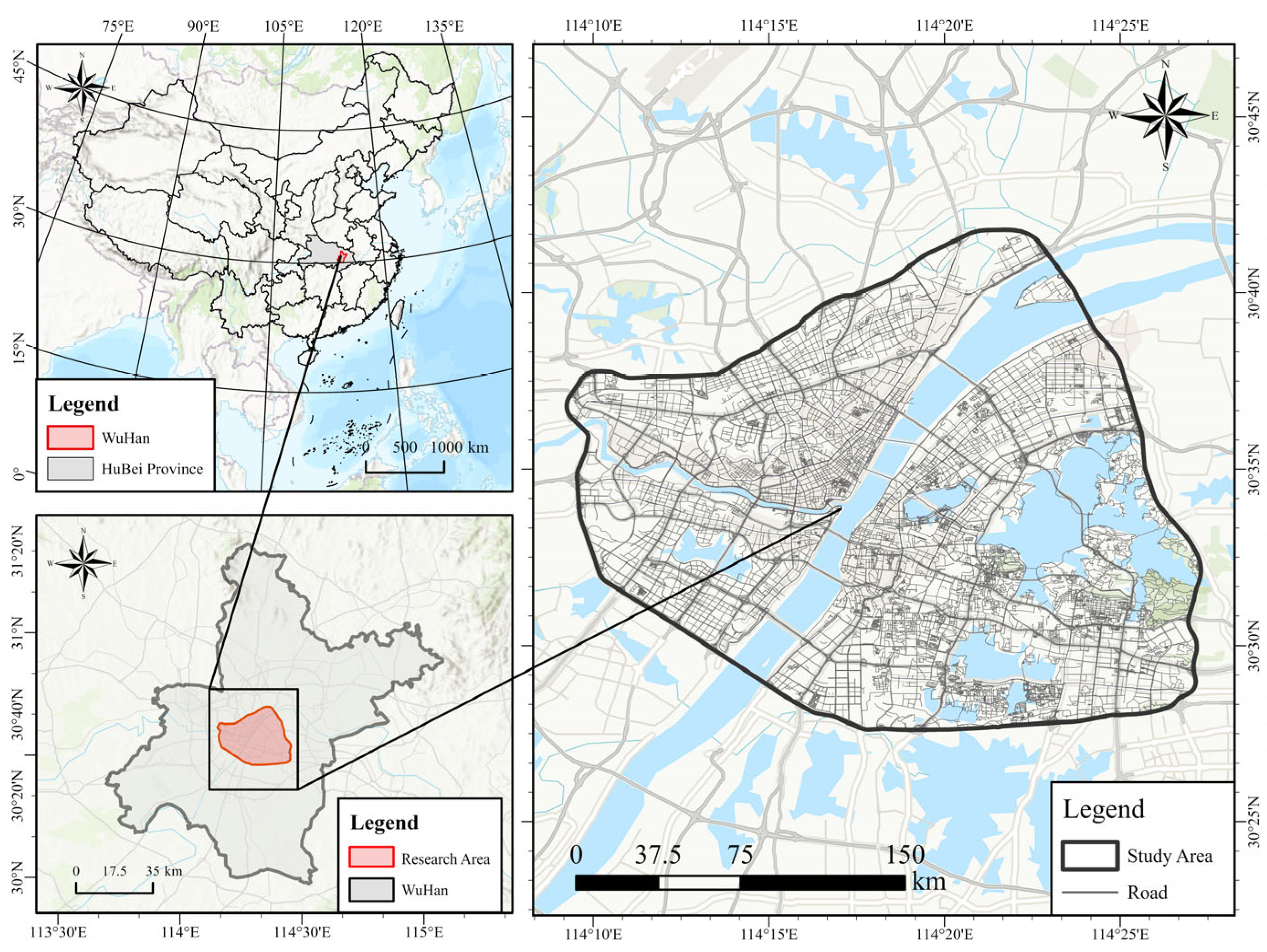


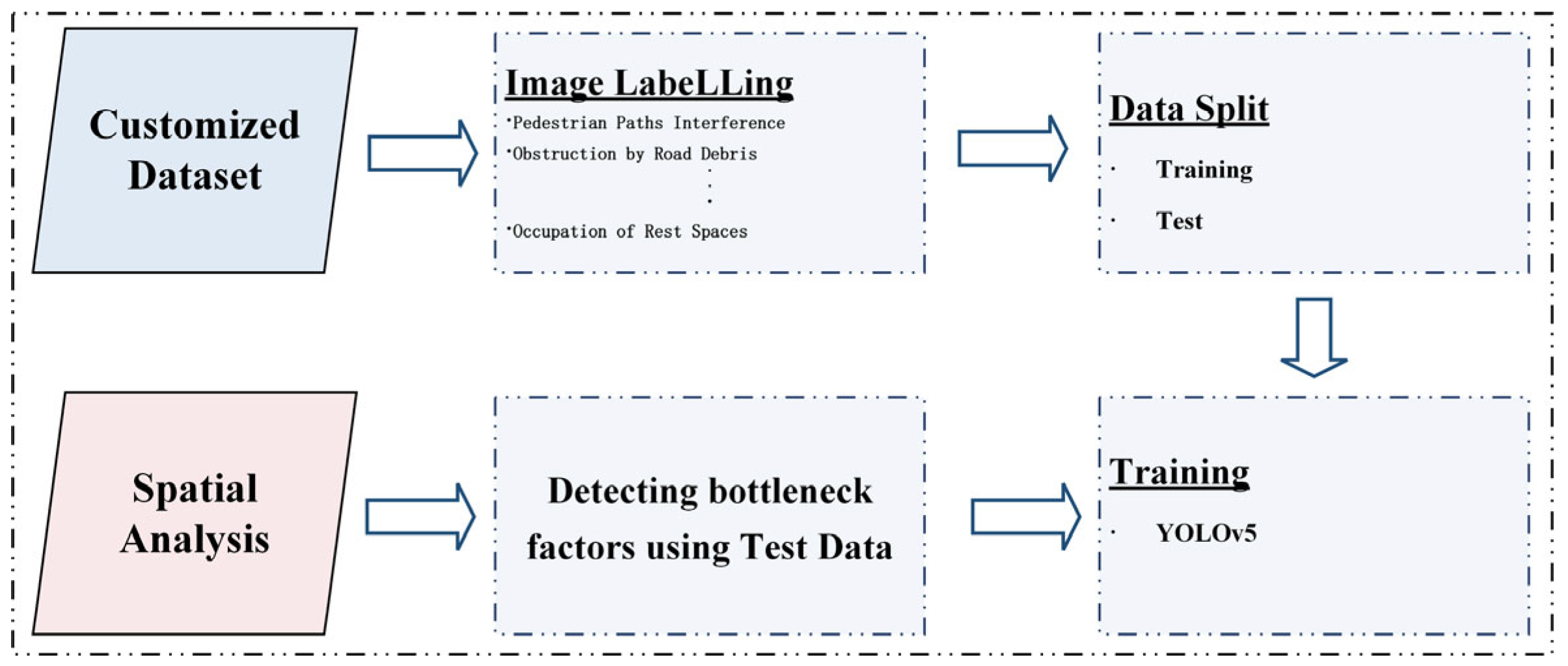
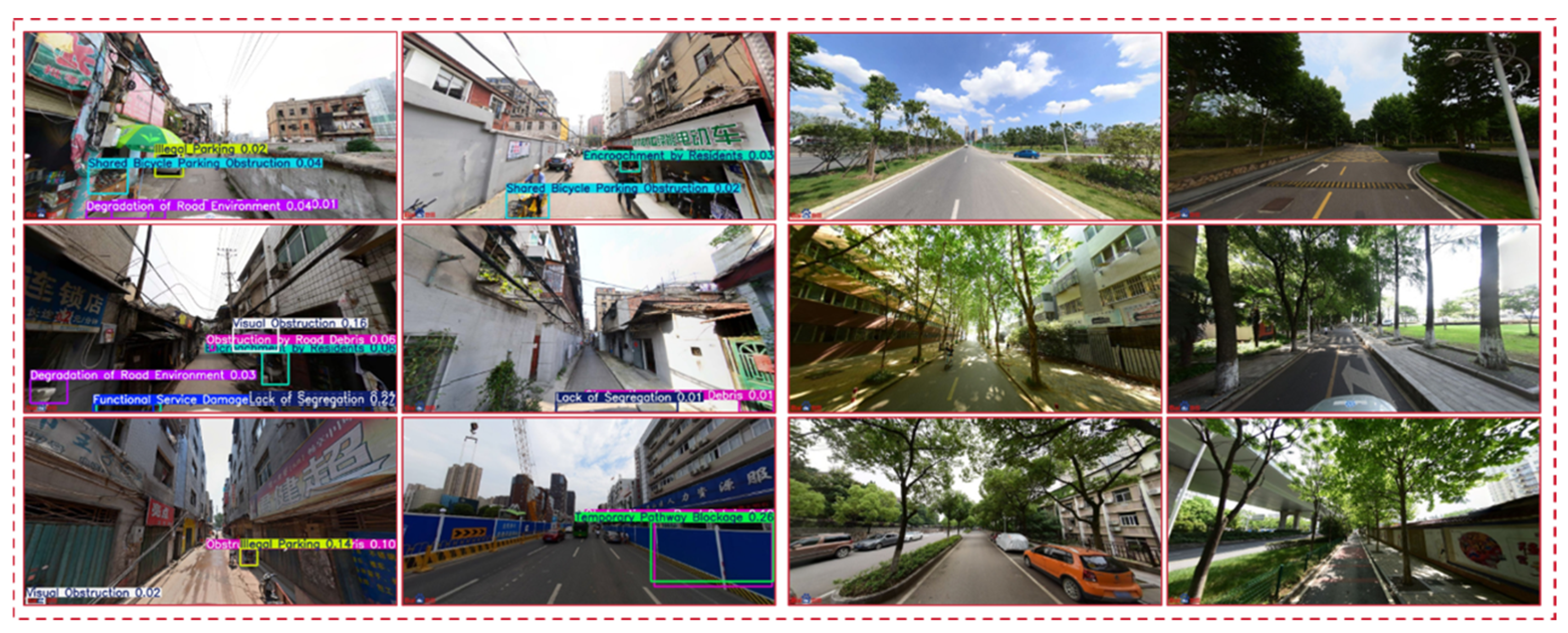

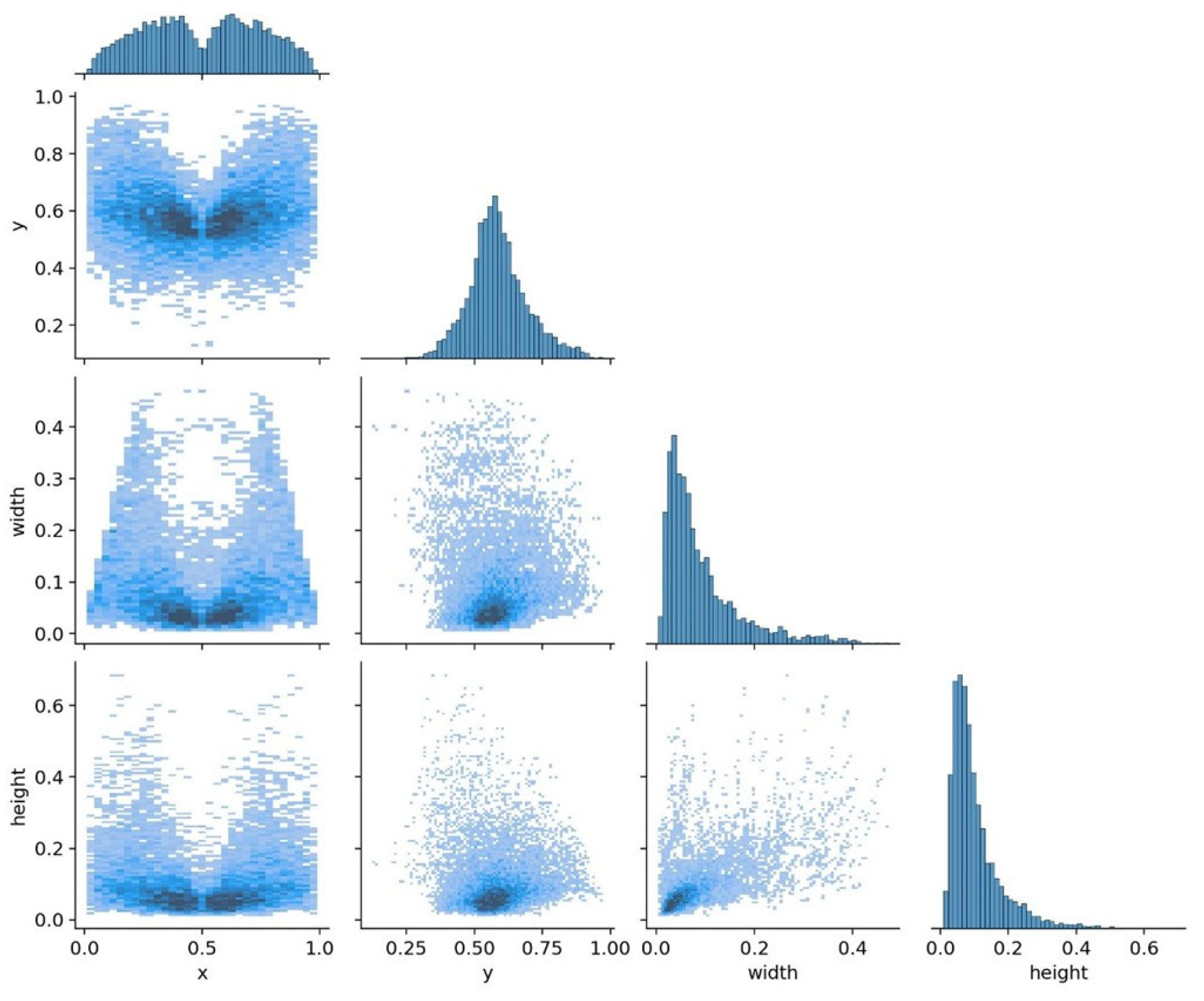
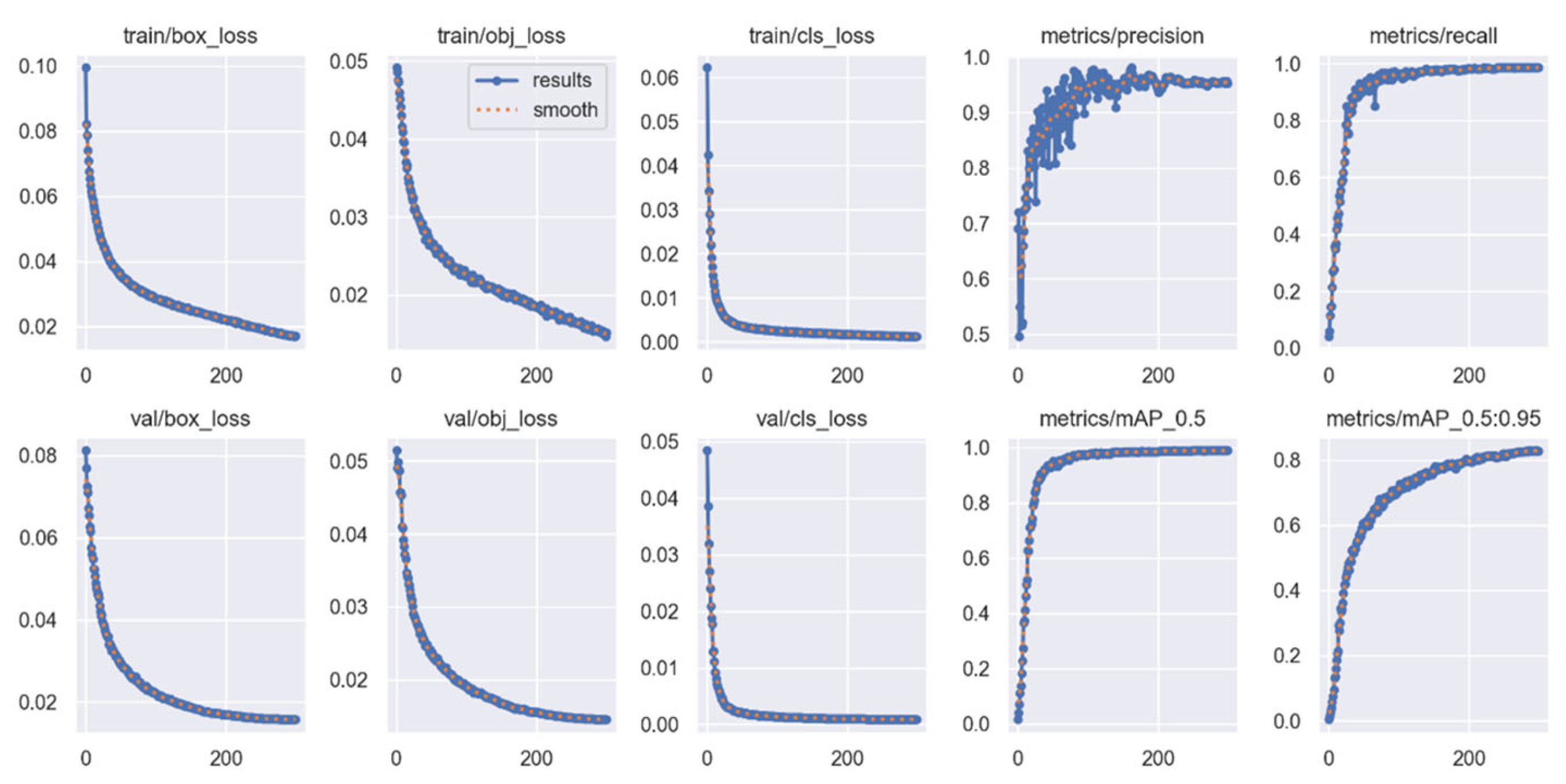
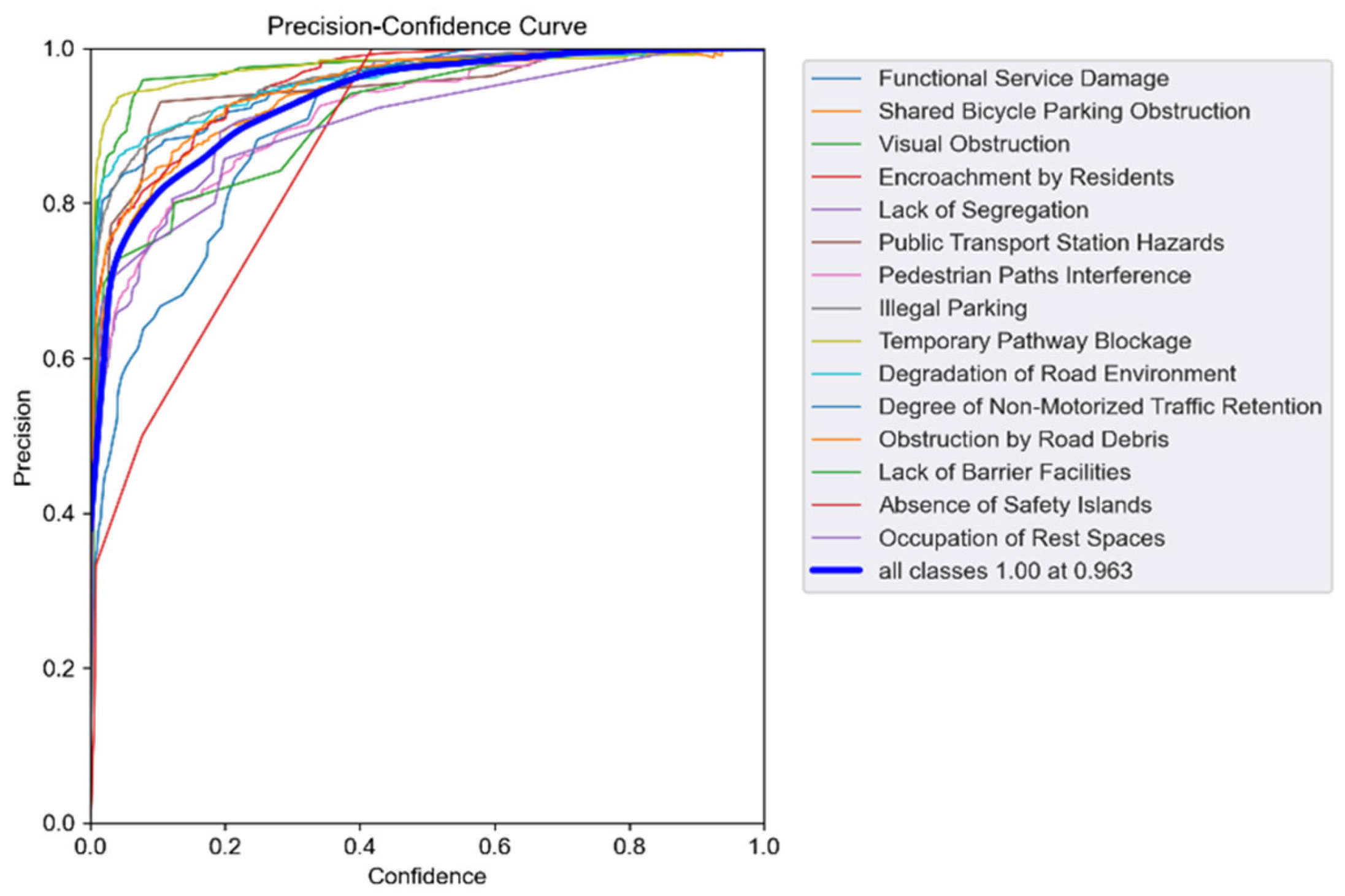
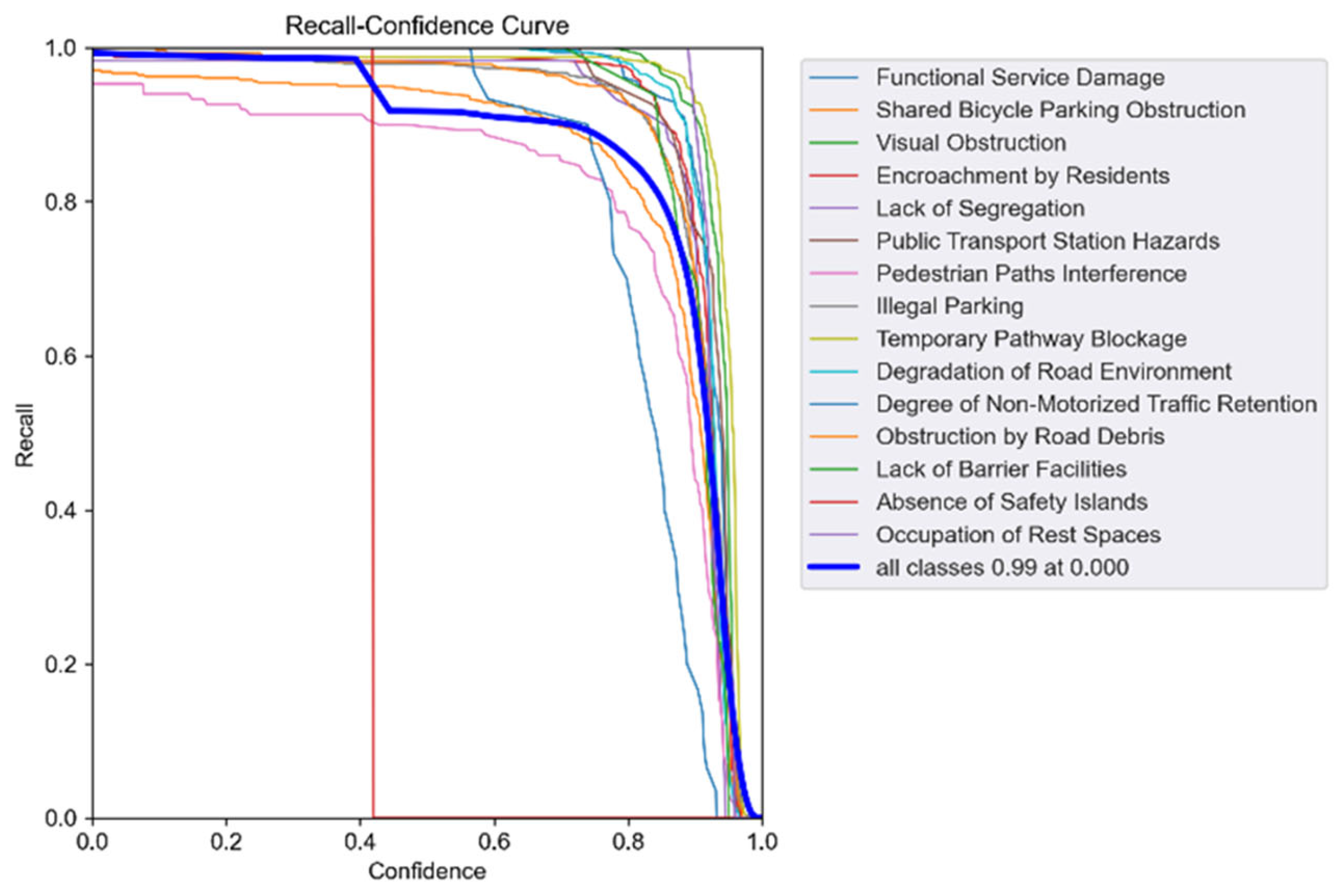


| (A) Classification of Bottlenecks in Slow-moving Traffic | (B1)Traffic System Continuity | (C1-1) Pedestrian Path Interference (Obstruction caused by internal elements such as street trees or other physical barriers within the sidewalk.) |
| (C1-2) Road Debris Obstruction (Accumulation of miscellaneous items or litter that impedes pedestrian or cyclist movement.) | ||
| (C1-3) Capacity for Slow-moving Traffic (Whether the road provides sufficient width and design to accommodate slow-moving traffic.) | ||
| (C1-4) Illegal Parking (Encroachment on pedestrian or cycling paths due to a lack of designated parking spaces for motorized or slow-moving traffic vehicles.) | ||
| (C1-5) Temporary Pathway Blockage (Disruptions caused by temporary construction, road maintenance, or event activities.) | ||
| (C1-6) Shared Bicycle Parking Obstruction (Lack of designated parking areas for shared bicycles results in obstruction of sidewalks or cycling lanes.) | ||
| (B2)Traffic System Safety | (C2-1) Lack of Segregation (Absence of dedicated lanes for pedestrians and cyclists, increasing the risk of conflict with vehicles.) | |
| (C2-2) Absence of Safety Islands (Lack of pedestrian refuge islands or protected waiting areas at crossings.) | ||
| (C2-3) Visual Obstruction (Visual interference from vegetation, signage, billboards, or other elements that block sightlines and compromise safety.) | ||
| (C2-4) Lack of Barrier Facilities (Insufficient accessibility features such as ramps, overpasses, or underpasses at intersections.) | ||
| (C2-5) Public Transport Station Hazards (Safety risks near bus or transit stations due to poor pedestrian-cyclist-vehicle interaction.) | ||
| (B3)Traffic System Comfort | (C3-1) Encroachment by Residents (Use of sidewalks by nearby businesses or residents for commercial, entertainment, or other non-transportation activities.) | |
| (C3-2) Functional Service Damage (Deterioration of infrastructure such as utility boxes, fire hydrants, or other essential service equipment.) | ||
| (C3-3) Degradation of Road Environment (Poor paving conditions, lack of greenery, or general deterioration of the streetscape.) | ||
| (C3-4) Encroachment of Resting Spaces (Lack or misuse of public resting spaces (e.g., benches, pocket parks) needed for pedestrian and cyclist comfort.) |
Disclaimer/Publisher’s Note: The statements, opinions and data contained in all publications are solely those of the individual author(s) and contributor(s) and not of MDPI and/or the editor(s). MDPI and/or the editor(s) disclaim responsibility for any injury to people or property resulting from any ideas, methods, instructions or products referred to in the content. |
© 2025 by the authors. Published by MDPI on behalf of the International Society for Photogrammetry and Remote Sensing. Licensee MDPI, Basel, Switzerland. This article is an open access article distributed under the terms and conditions of the Creative Commons Attribution (CC BY) license (https://creativecommons.org/licenses/by/4.0/).
Share and Cite
Guo, Z.; Xu, H.; Lin, Q. Automated Identification and Spatial Pattern Analysis of Urban Slow-Moving Traffic Bottlenecks Using Street View Imagery and Deep Learning. ISPRS Int. J. Geo-Inf. 2025, 14, 351. https://doi.org/10.3390/ijgi14090351
Guo Z, Xu H, Lin Q. Automated Identification and Spatial Pattern Analysis of Urban Slow-Moving Traffic Bottlenecks Using Street View Imagery and Deep Learning. ISPRS International Journal of Geo-Information. 2025; 14(9):351. https://doi.org/10.3390/ijgi14090351
Chicago/Turabian StyleGuo, Zixuan, Hong Xu, and Qiushuang Lin. 2025. "Automated Identification and Spatial Pattern Analysis of Urban Slow-Moving Traffic Bottlenecks Using Street View Imagery and Deep Learning" ISPRS International Journal of Geo-Information 14, no. 9: 351. https://doi.org/10.3390/ijgi14090351
APA StyleGuo, Z., Xu, H., & Lin, Q. (2025). Automated Identification and Spatial Pattern Analysis of Urban Slow-Moving Traffic Bottlenecks Using Street View Imagery and Deep Learning. ISPRS International Journal of Geo-Information, 14(9), 351. https://doi.org/10.3390/ijgi14090351





